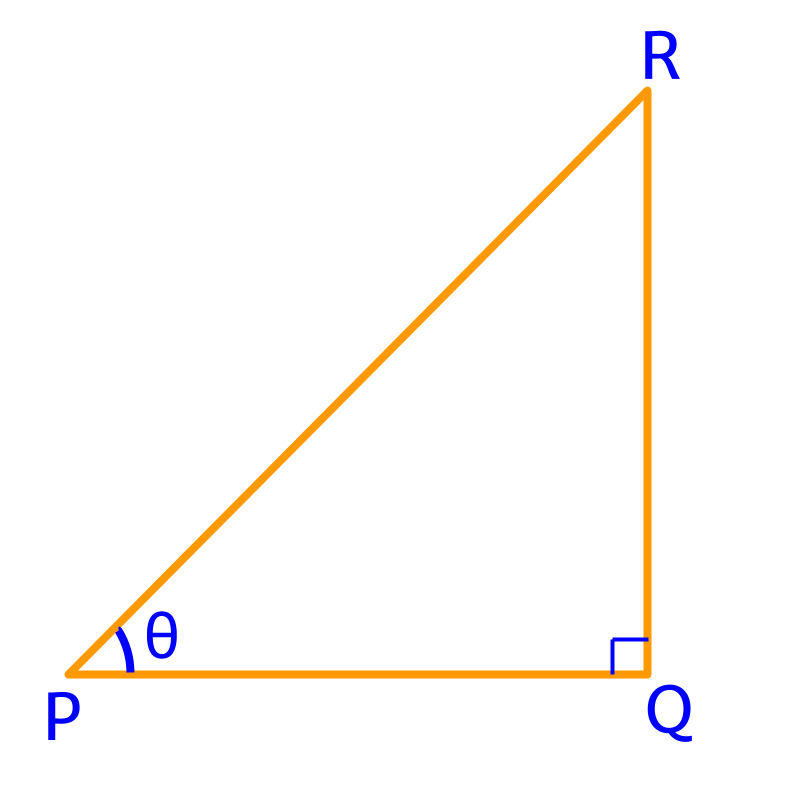
what you'll learn...
Overview
» Quickly follow that the adjacent and opposite sides swap for complementary angles... no need to memorize.
Proof
The complementary angle of is or the angle that completes the given angle to a right angle.

In the right angled triangle shown in figure, if then
which is the complementary angle of
In the right triangle shown in figure, the opposite side of is .
In the right triangle shown in figure, the adjacent side of is .
A right angled triangle is shown in figure.
Opposite of = Adjacent of
Adjacent of = Opposite of
The trigonometric ratios of can be expressed in terms of trigonometric ratios of or vice versa.
From the figure
Comparing the above, it is concluded that
tan and cot
It is noted that the two angles in a right angles triangle are complementary angles and the trigonometric ratios of one angle are related to the trigonometric ratios of the other angle.
That is
• hypotenuse is common for both the angles
• opposite side for an angle is the adjacent side for the other angle
• adjacent side for an angle is the opposite side for the other angle
This relation is used to derived Trigonometric Ratios for Complementary Angles .
Trigonometric Ratios for Complementary Angles:
The trigonometric ratios of can be expressed in terms of trigonometric ratios of or vice versa.
From the figure
Comparing the above, it is concluded that
secant and cosecant
The trigonometric ratios of can be expressed in terms of trigonometric ratios of or vice versa.
From the figure
Comparing the above, it is concluded that
examples
Does equal or ?
The answer is '', as
The answer is '' As .
Simplify .
The answer is ''.
Summary
Quickly follow that the adjacent and opposite sides swap for complementary angles... no need to memorize.
Outline
The outline of material to learn "Basics of Trigonometry" is as follows.
• Detailed outline of "trigonometry".
→ Basics - Angles
→ Basics - Triangles
→ Importance of Right Angled Triangle
→ Trigonometric Ratio (Basics)
→ Triangular Form of Trigonometric Ratios
→ Introduction to Standard Angles
→ Trigonometric Ratio of Standard Angles
→ Trigonometric Identities
→ Trigonometric Ratios of Complementary Angles